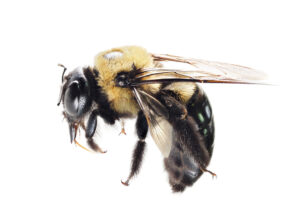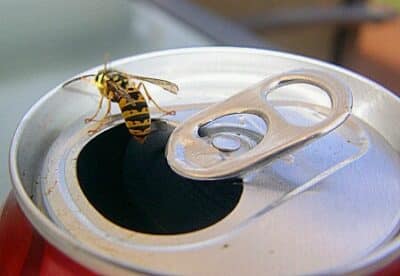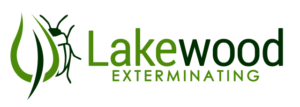Carpenter Bee, Wasp and Hornet Control
Fast Effective Control of Bees, Wasps and Hornets In Cleveland, OH
Hear It Best From Our Customers
YellowJackets
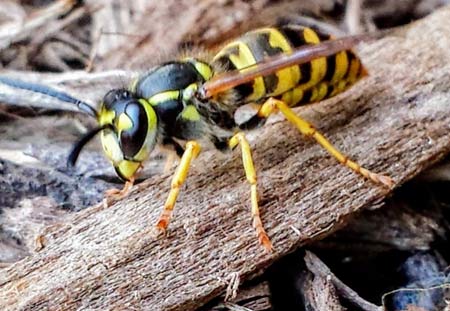
Yellowjacket season in Cleveland, OH runs from July – October. They remain relatively unnoticed until then. The yellowjacket’s diet changes from proteins to carbohydrates in late summer and autumn. That’s why you’ll often spot them dive-bombing your Labor Day picnic. Their insatiable taste for sweets turns them into a formidable threat to outdoor living. Keep an extra close eye on your pop can during this time — there’s little worse than going for a swig and kissing yellowjacket tail instead!
Yellowjacket Control Tactics
Unfortunately, you will find yellowjacket nests in the ground, in logs, or in the walls of your home. Most yellowjacket nests are in inaccessible areas, which protects them from predators. They can be under a shrub, in a chipmunk burrow, a compost pile, stacks of firewood, landscape timbers, or your walls. The list goes on.
Retail wasp and hornet sprays only work if you hit the nest with the spray. Since they hide their nests deep in cavities, the cans sold at stores do not usually work. They agitate the colony. If the colony is inside your walls, yellowjackets can start coming inside. You do not want this to happen.
Thankfully, our Cleveland bee and wasp exterminators have access to non-repellent products, which are highly effective in controlling yellowjackets. These products are designed not to agitate the colony, providing a fast and effective solution. While you’ll still want to avoid the area for the rest of the day, our treatments are like stealth killers—far superior to anything you could do yourself!
Paper Wasps
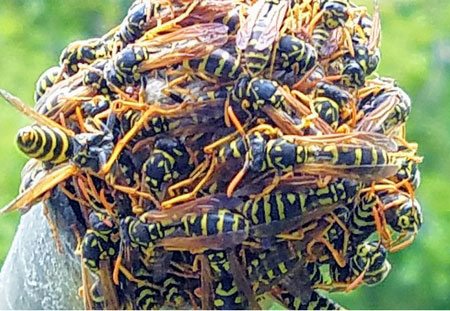
The European paper wasp gives other paper wasp species a bad wrap. They are much more aggressive than other species. European paper wasps have black and yellow coloration and look like yellowjackets. Paper wasps, however, have longer legs. These pests build open comb nests in fences, signposts, exterior light fixtures, playground equipment, and window frames.
Paper Wasp Control Tactics
European paper wasps often build their nests in easily accessible areas, making them a cinch to remove. We spray the nest and remove it. In spring, we dust or spray higher elevations for wasps to stop their rooftop swarms. We apply products using a telescopic pole with an attached duster/ sprayer.
Bald Faced Hornets
Unlike honeybees, bald-faced hornets (click to learn more) can sting their victims repeatedly. Not many people enjoy discovering their basketball-sized nests in their yards! This is not a stinging insect that you want to agitate.
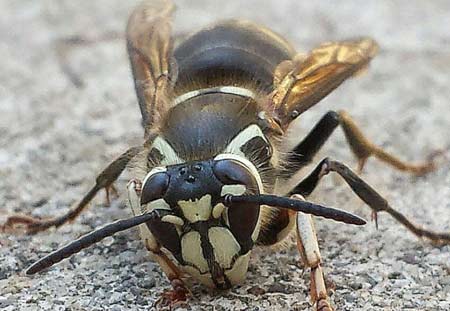
Bald-Faced Hornets Control Tactics
We freeze the nest activity by applying a fast-acting product to the entry hole. Once activity ceases, we cut the nest down, bag it, and remove it from the site. For good measure, we spray the area where the nest was to control any stragglers.
Mud Daubers
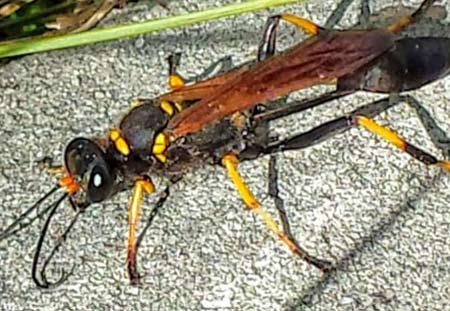
These mission-oriented predators go around collecting spiders and mud. They use their stingers to paralyze the spiders and entomb them in a mud gallery, along with one of their eggs. Once the egg hatches, the larva feeds on the living yet still-paralyzed spider. After dinner, the mud dauber larva pupates within the mud nest. Finally, it emerges as an adult mud dauber.
Homes are great spots to build mud nests. If you have evergreen bushes with many spiders and an irrigation system, mud daubers will love your house. They are most troublesome when located in window frames or soffits. Emerging adults often venture inside instead of out.
Mud Dauber Control Tactics
Mud nests can easily be removed with a scraper tool. We work with the customer to implement cultural controls. You can eliminate these pests from your area by applying mulch to exposed soil and cutting back on irrigation. Our service often involves treating the perimeter of the home for spiders. Like paper wasps, mud daubers are most active around the roofs of houses. To stop heavy mud dauber activity, we use extension bee poles to dust any crevice showing activity.
Carpenter Bees
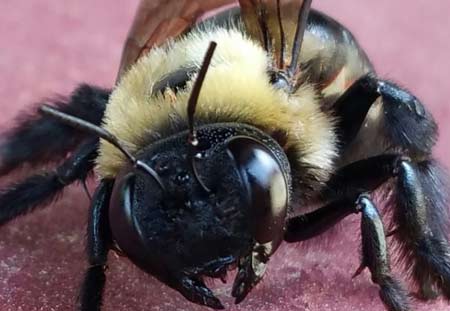
Carpenter Bee Control Tactics
Long-term carpenter bee control entails treating the affected wood with fresh paint or stain. Removing certain flowering plants may be valid because carpenter bees are pollinators.
Our treatment involves dusting or foaming galleries. Because caulk is difficult for them to chew through, caulking is a great way to fill in any damage from nesting activities and can prevent future nests. Exposing the treated holes for a few days before you caulk is best. That way, any bee not in the nest during treatment will have a chance to come into contact with the applied product. If entry points are sealed prematurely, carpenter bees might return to the site and cause further damage.
Honey Bees

Ideally, homeowners and business owners with a honeybee problem would call local beekeepers to relocate honeybee colonies safely. Unfortunately, it’s not always possible to relocate nests once they’re established inside buildings or homes.
Honeybee hives, as you may have guessed, produce large amounts of honey. When honey is left within a structure, it invites subsequent problems. It attracts wildlife, such as raccoons. If raccoons don’t get to the honey, you can bet that ants and cockroaches will — and then you’ll suddenly have more than one pest problem! Extracting bees often pays for itself, considering possible alternative scenarios.
European Hornet
The 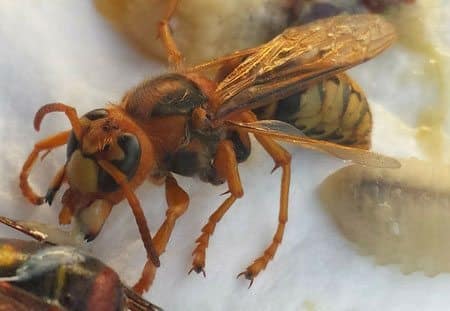
You’ll find these nests overhead by their fecal matter. A key identifier is a black liquid dropping on the ground underneath the nest.
They have a darker tone and are larger than other local stinging pests. Their control is similar to that of German yellowjackets.
Pest Problems Don’t Have To Be Stressful
Providing Pest-Free Living To Homes In: Rocky River, Westlake, Bay Village, Avon Lake, Fairview Park, North Olmsted, Westpark, Ohio City, Old Brooklyn, Tremont and Lakewood, OH.
Cleveland Pest Control Services
Child And Pet-Friendly Treatments From Trusted Exterminators
Get In Touch


